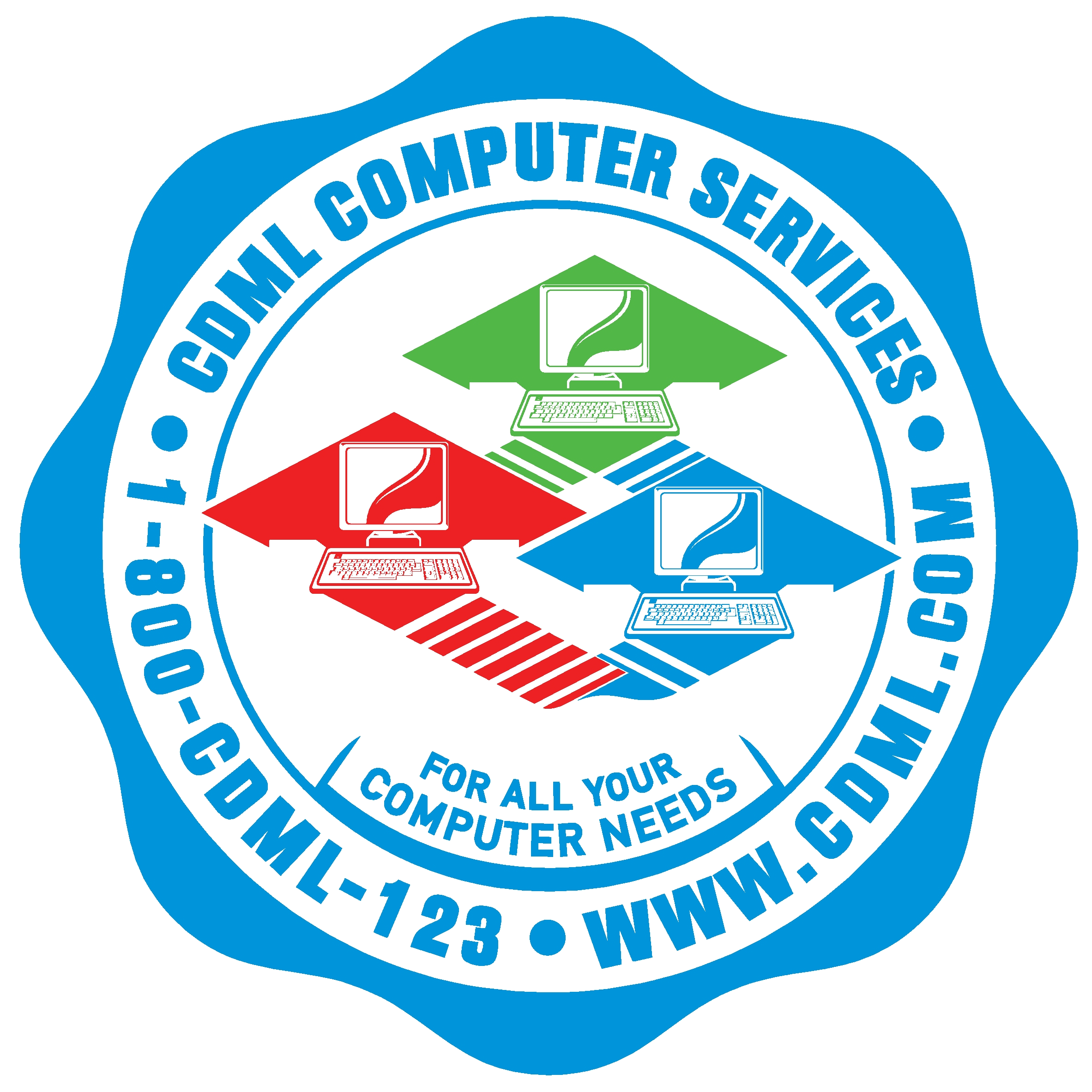Strengthening Cybersecurity
Part 3 of 5: Risk Management, Encryption, and Continuous Monitoring

For financial organizations, securing sensitive client data requires more than basic protections. 23 NYCRR 500 mandates proactive and continuous oversight, while PCI DSS requires specific measures to safeguard credit card data for businesses that accept card payments. Together, Risk Management, Encryption, and Continuous Monitoring play a vital role in preventing, detecting, and responding to cyber threats effectively, reducing the risk of data breaches and regulatory non-compliance.
This post examines the role of each element in a compliant cybersecurity framework and how a Managed Service Provider (MSP) like CDML Computer Services can support small to mid-sized financial firms in implementing these solutions.
Risk Management: Identifying and Addressing Vulnerabilities
Risk management involves assessing potential threats and addressing vulnerabilities within the organization’s IT environment. Regular risk assessments help firms prioritize their cybersecurity efforts, focusing on the most pressing risks—a requirement for PCI DSS, 23 NYCRR 500, and the NY SHIELD Act.
Real-World Scenario: Vulnerability of Outdated Software
A small CPA firm continued using the retired Microsoft Internet Explorer browser, unaware that it no longer received security updates. This outdated software created a vulnerability that hackers exploited, leading to a data breach and significant reputational damage. Regular risk assessments, as required by 23 NYCRR 500, PCI DSS, and the NY SHIELD Act, would have flagged this outdated software as a risk, prompting the firm to transition to a secure, supported browser in time.
How CDML Computer Services Assists with Risk Management:
- Comprehensive Assessments: CDML conducts thorough assessments to identify vulnerabilities, providing firms with an actionable plan for risk reduction.
- Employee Security Training: CDML’s training equips employees with the skills to recognize phishing attempts, suspicious activity, and potential threats—critical to minimizing risks from human error.
Encryption: Keeping Data Secure at Every Stage
Encryption is essential for protecting sensitive data, both at rest and in transit. If unencrypted data is intercepted, it can be easily read, leading to risks like identity theft and data breaches. Encryption ensures that, even if data is accessed without authorization, it remains unreadable to intruders, supporting compliance with PCI DSS, 23 NYCRR 500, and the NY SHIELD Act.
Real-World Scenario: Data Loss on an Unencrypted Device
A financial advisor stored client data on an unsecured, unencrypted USB drive, which was later misplaced. Had the data been saved in encrypted cloud data storage, it would have remained secure even if found by unauthorized individuals. This case underscores the importance of encryption, a key requirement of PCI DSS and 23 NYCRR 500 for securely handling sensitive cardholder data and PII.
CDML’s Encryption Solutions:
- Microsoft 365 Premium: CDML offers Microsoft 365, which includes built-in encryption for emails and files, securing sensitive communications and stored data.
- Secure Cloud Storage and IaaS: CDML’s cloud solutions provide encrypted data storage, keeping data secure whether it’s stored or in transit.
Continuous Monitoring and Alerts: Staying Ahead of Threats
Continuous monitoring enables organizations to detect and respond to suspicious activity before it escalates into a serious incident. Automated alerts improve response time, which is particularly valuable for small firms without a dedicated IT team. Continuous monitoring is crucial for 23 NYCRR 500, PCI DSS, and NY SHIELD Act compliance, as early detection of suspicious activity helps prevent breaches.
Real-World Scenario: Unauthorized Network Access
An insurance brokerage allowed remote access to its network using only basic credentials, without a secure VPN. Hackers breached the network by exploiting this vulnerability, stealing client information over several weeks. A firewall with VPN for remote access and continuous monitoring would have detected the unauthorized access early on, significantly limiting the damage.
CDML’s Continuous Monitoring Solutions:
- Defender for 365: Defender for 365 offers advanced threat detection, continuously monitoring for and alerting firms to potential security risks.
- SonicWall Network Security Device: CDML offers SonicWall firewalls on a subscription basis, providing an affordable solution for securing network traffic, ongoing network defenses, and monitoring.
- Service-Level Agreements (SLAs): CDML’s SLAs include continuous monitoring and patching, ensuring that systems remain secure against known vulnerabilities.
Compliance Requirements and Key Solutions
Aligning with 23 NYCRR 500, PCI DSS, and the SHIELD Act requires proactive strategies for risk management, data encryption, and monitoring. CDML Computer Services delivers tailored solutions to meet each of these compliance elements, supporting firms in protecting their data and reputation.
What’s Next?
By implementing risk management, encryption, and continuous monitoring, financial firms create a resilient cybersecurity framework, protecting client data while meeting compliance obligations. In the next post, we’ll examine Disaster Recovery (DR) and Incident Response (IR) Plans, discussing how they prepare firms to mitigate the impact of security incidents. With support from providers like CDML Computer Services, even smaller financial firms can achieve robust security and compliance.
This post is the 3rd part of a 5-part series on the compliance and technology challenges facing financial professionals in New York. In this series, we explore the key components of cybersecurity and data protection required to meet 23 NYCRR 500, WISP, PCI DSS, and the NY SHIELD Act.
The series includes:
- Understanding 23 NYCRR 500 – Technology and Compliance Challenges and Solutions for Financial Professionals in New York
- Building a Secure Foundation – The Written Information Security Program (WISP) and Data Access Controls
- Strengthening Cybersecurity with Risk Management, Encryption, and Continuous Monitoring
- Preparing for the Unthinkable – Disaster Recovery (DR) and Incident Response (IR) Plans
- Comprehensive Compliance and Security with CDML Computer Services

